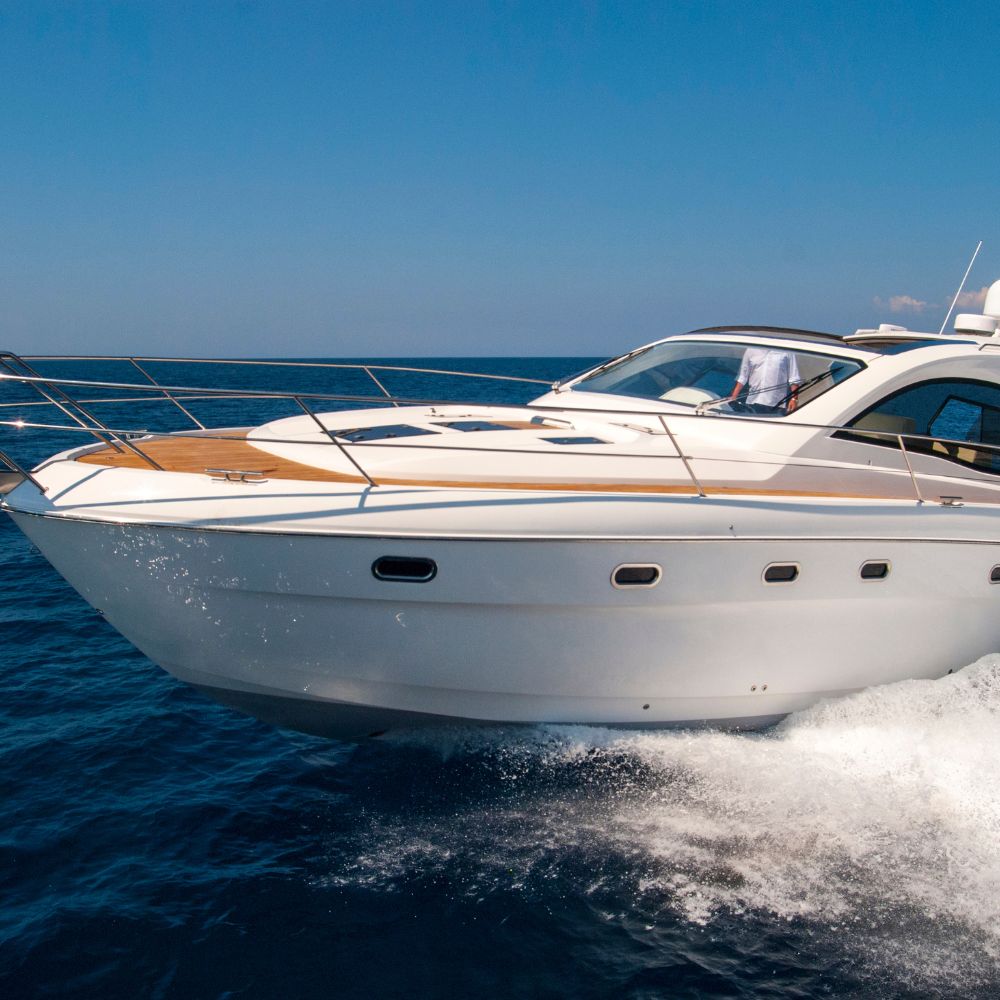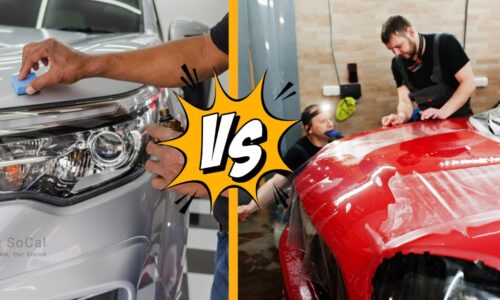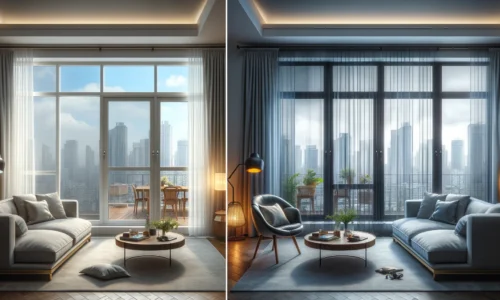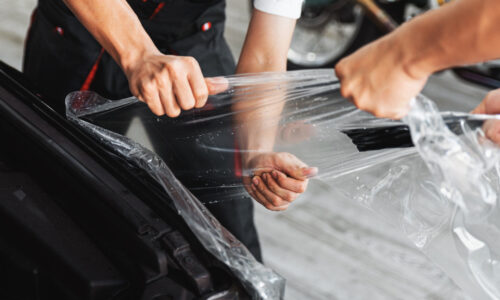Choosing the right tint for your boat windows is crucial for enhancing both comfort and functionality while out on the water. Whether you’re looking to block harmful UV rays, reduce heat, or simply add a layer of privacy, window tinting offers a host of benefits. But with so many options available, how do you choose the best one for your needs? In this guide, we’ll cover everything you need to know to make an informed decision.
What Is Window Tinting for Boats?
Window tinting for boats involves applying a thin film to the glass windows of your vessel. This film serves multiple purposes, such as blocking UV rays, reducing heat, and adding privacy. While tinting for boats is similar to car or home window tinting, marine environments require a more durable and specialized material due to exposure to saltwater, wind, and constant sunlight.
Benefits of Tinting Boat Windows

UV Protection
The sun’s UV rays can be harsh, especially when you’re out on the water. Window tints are designed to block up to 99% of harmful UV radiation, protecting both passengers and the interior of the boat from damage.
Temperature Regulation
A well-chosen window tint can significantly reduce the amount of heat entering the cabin. This makes your boat more comfortable and reduces the need for air conditioning, which can lower energy consumption.
Privacy and Security
Tinted windows obscure the view from the outside, offering greater privacy while you’re docked or anchored. Additionally, tints can act as a deterrent to theft, making it harder for outsiders to see valuables inside your boat.
Glare Reduction
The glare from the sun bouncing off the water can be blinding. Tinted windows help reduce glare, improving visibility and ensuring a safer and more enjoyable boating experience.
Types of Boat Window Tints

Dyed Window Tints
These are the most basic type of window tints, offering a good level of privacy and glare reduction. However, they don’t block as much heat as other options and may fade over time.
Metallized Window Tints
These tints contain small metallic particles that reflect heat and UV rays. They are more durable than dyed tints but can sometimes interfere with electronic signals like GPS.
Hybrid Window Tints
Combining dyed and metallized materials, hybrid tints offer the best of both worlds. They provide good heat rejection and privacy without interfering with electronic devices.
Ceramic Window Tints
Ceramic tints are the most advanced option. They block more heat and UV rays than other tints and do not interfere with electronics. They’re also highly durable, making them ideal for marine environments.
Choosing the Right Tint Material
When selecting a tint material, you need to consider its durability and how well it can withstand the harsh marine environment. Ceramic tints are often recommended because of their superior durability and heat-blocking capabilities. You should also consider your aesthetic preferences—some tints have a darker appearance, while others are more reflective.
UV Protection: A Must for Marine Environments
UV protection is a key factor when choosing window tints for your boat. Prolonged exposure to UV rays can fade upholstery, damage electronics, and even pose health risks for passengers. A tint with strong UV-blocking properties will protect both your boat and your health.
Understanding Tint Percentage
Tint percentages refer to the amount of light allowed through the window. A 20% tint, for example, allows 20% of visible light to pass through while blocking the remaining 80%. For boats, a 20-30% tint is typically recommended for balancing visibility with privacy and heat reduction. Be sure to check local laws, as some regions have restrictions on how dark your tint can be.
Considering the Climate
The climate where you primarily boat should influence your tint choice. In hotter regions, opt for a tint that blocks more heat. In cooler climates, you may prioritize UV protection and glare reduction over heat rejection.
Impact on Night Vision
Too dark a tint can hinder your visibility at night, which is critical for safe navigation. Make sure to choose a tint that maintains a clear view in low-light conditions.
Legal Considerations for Tinting Boat Windows
Before tinting your boat windows, it’s important to research local and maritime regulations regarding window tinting. Some areas have restrictions on how dark a tint can be, so you’ll want to ensure your tint complies with the law.
Tinting for Privacy and Security
If privacy and security are top priorities, opt for a darker tint that obscures the view into the cabin. However, keep in mind that you’ll need to balance this with the need for visibility, especially when navigating crowded waters.
Installing the Tint: DIY vs. Professional Help
While DIY kits are available, professional installation is often recommended for boat window tinting. A professional will ensure the tint is applied smoothly without bubbles or imperfections, and they’ll use the right materials for a marine environment.
Maintenance of Tinted Boat Windows
Proper maintenance is essential to ensure the longevity of your window tint. Use mild cleaning solutions and soft cloths to avoid scratching or damaging the tint. Avoid harsh chemicals and abrasive materials.
Cost of Tinting Boat Windows
The cost of tinting your boat windows can vary widely depending on the size of your boat, the type of tint you choose, and whether you opt for professional installation. On average, expect to pay anywhere from $200 to $800 for a full tinting job.
Conclusion
Choosing the right tint for your boat windows can greatly enhance your boating experience by providing comfort, privacy, and protection from the elements. Consider the type of tint, its durability, and your local regulations before making a decision. With the right choice, you’ll enjoy better visibility, a cooler cabin, and a more secure vessel.






